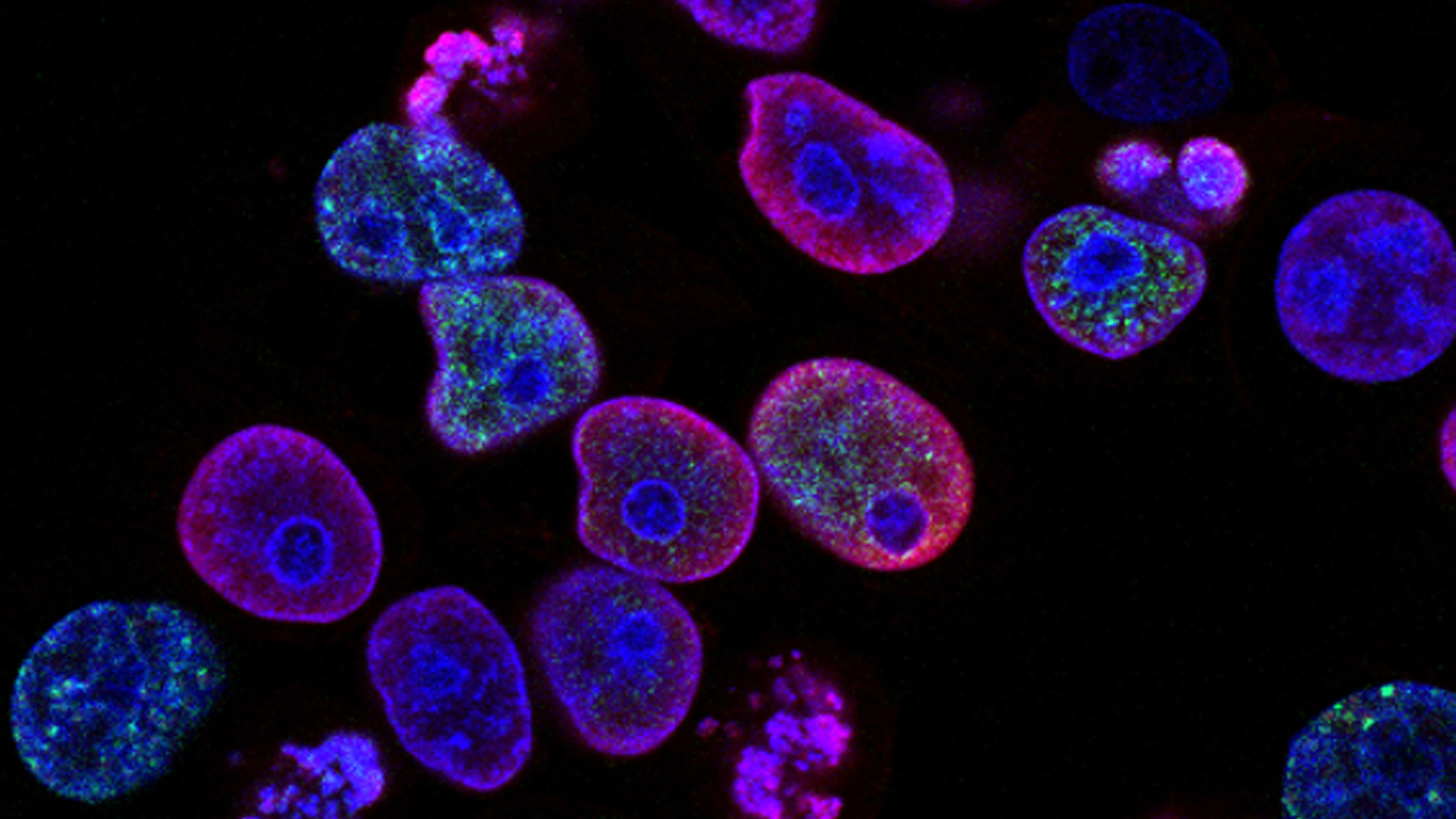
VOC Health Enters Exclusive Licensing Agreement to Develop Devices Capable of Detecting Early-Stage Cancers and COVID-19
A new licensing agreement provides VOC Health Inc. exclusive rights to a portfolio of intellectual property owned by the University of Pennsylvania covering several nanotechnologies. Initially, portfolio rights will be used to develop and commercialize devices that detect early-stage cancers and other diseases including COVID-19.
“VOC Health’s advanced nanosensor builds on Penn’s highly successful research to create a series of devices that will have major impacts on healthcare, medical research and public safety,” says Richard Postrel, CEO and Chief Innovation Officer at VOC Health. “Our existing IP aligns perfectly with Penn’s portfolio to form a powerful foundation for our initial devices and a pipeline of future innovations.”
Currently, three devices are in development – a desktop device for disease detection using VOCs from liquid samples; a portable device for detection, within seconds, from skin on the palm of a hand; and a mobile, handheld device that will detect disease from a multitude of skin surfaces.
At the heart of these new devices is an advanced nanosensor based on technology created by Dr. A.T. Charlie Johnson, Rebecca W. Bushnell Professor of Physics and Astronomy at Penn. The nanosensor has successfully detected ovarian, pancreatic, and prostate cancer; as well as COVID-19.
“The nanosensor detects and analyzes VOCs that form in the body at the onset of disease,” says Dr. Johnson. “Their early presence makes VOCs ideal for early-stage detection because they are present in large numbers immediately, making it unnecessary to wait for tumors to develop.” It is well known that, for most types of cancer, early detection is a critical determinant of how successfully it can be treated.
In initial tests, a lab bench apparatus using this nanosensor provided successful, accurate results. Three cancers and COVID-19 were repeatedly identified in samples. Sensitivity and specificity (true positives and negatives) ranged from 95-99% across the four diseases.

